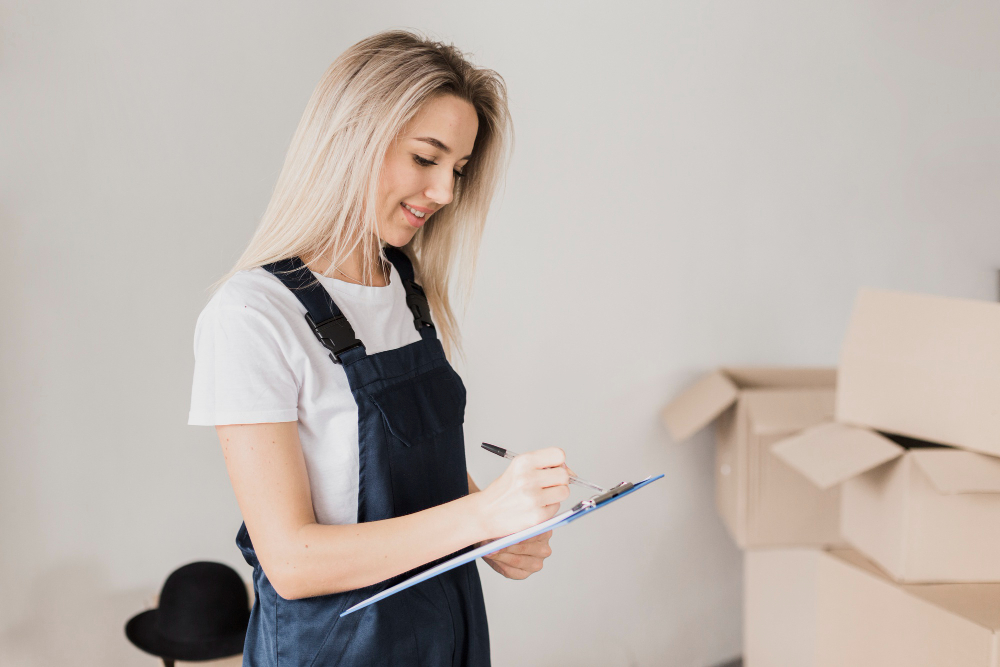SERVING NYC

OBI C. ENE | AUGUST 16, 2022 - 12:30PM

Read and Digest the 10 Rules Listed Below;

Is it possible to paint the exterior of my home during the winter? Are there specific times of the year or weather conditions that would prevent any type of exterior painting service?
Unfortunately, we cannot paint the exterior of your home during the winter season. In the New York City Area and the greater New York area, winter lasts from December to mid-April. Our exterior painting services are limited during this time due to temperatures dropping below 35 degrees Fahrenheit.
Areas of Concern if not Addressed Can Greatly Affect the Outcome of Your Home’s Exterior Paint Job.
As a professional painter at ChaunceyAllPro, I have had the privilege of transforming numerous homes with our exceptional exterior painting services. Today, I want to share with you some valuable insights and guidance on factors that can greatly affect the outcome of your home’s exterior paint job. By understanding the impact of weather and temperature, as well as following a few crucial steps, you can ensure the best possible outcome for your project.
Factors Affecting Exterior Painting
When it comes to painting the exterior of a home, several factors come into play. Proper preparation, suitable weather conditions, and high-quality materials are essential for achieving a long-lasting and visually appealing finish. Let’s dive into each of these factors and explore how they contribute to an outstanding painting project.
4. Weather and Temperature Considerations
Weather and temperature play a significant role in the success of an exterior painting project. It’s crucial to choose the right time of year and ideal weather conditions to achieve the best results.
2. Ideal Time of Year
The ideal time to paint the exterior of your home will depend on your location and climate. In general, spring and fall are often considered the best seasons for exterior painting. These periods typically offer mild temperatures and lower humidity levels, creating optimal conditions for paint to dry and cure effectively.
3. Preparing Your Home for Painting
Proper preparation is key to achieving a flawless and long-lasting paint job. Here are some essential steps homeowners can take to prepare their house for painting:
4. Choosing the Right Materials
Selecting high-quality materials is crucial for achieving a professional finish and ensuring the durability of your paint job. Here are some recommendations:
5. Safety First
Safety should always be a priority during any home improvement project. Here are some important safety tips for homeowners:
5. Avoiding Common Mistakes
To ensure the best outcome for your exterior painting project, it’s important to avoid common mistakes. Some pitfalls to watch out for include:
Our Mascot of the Week





(973) 393-5677 | (646) 302-8245